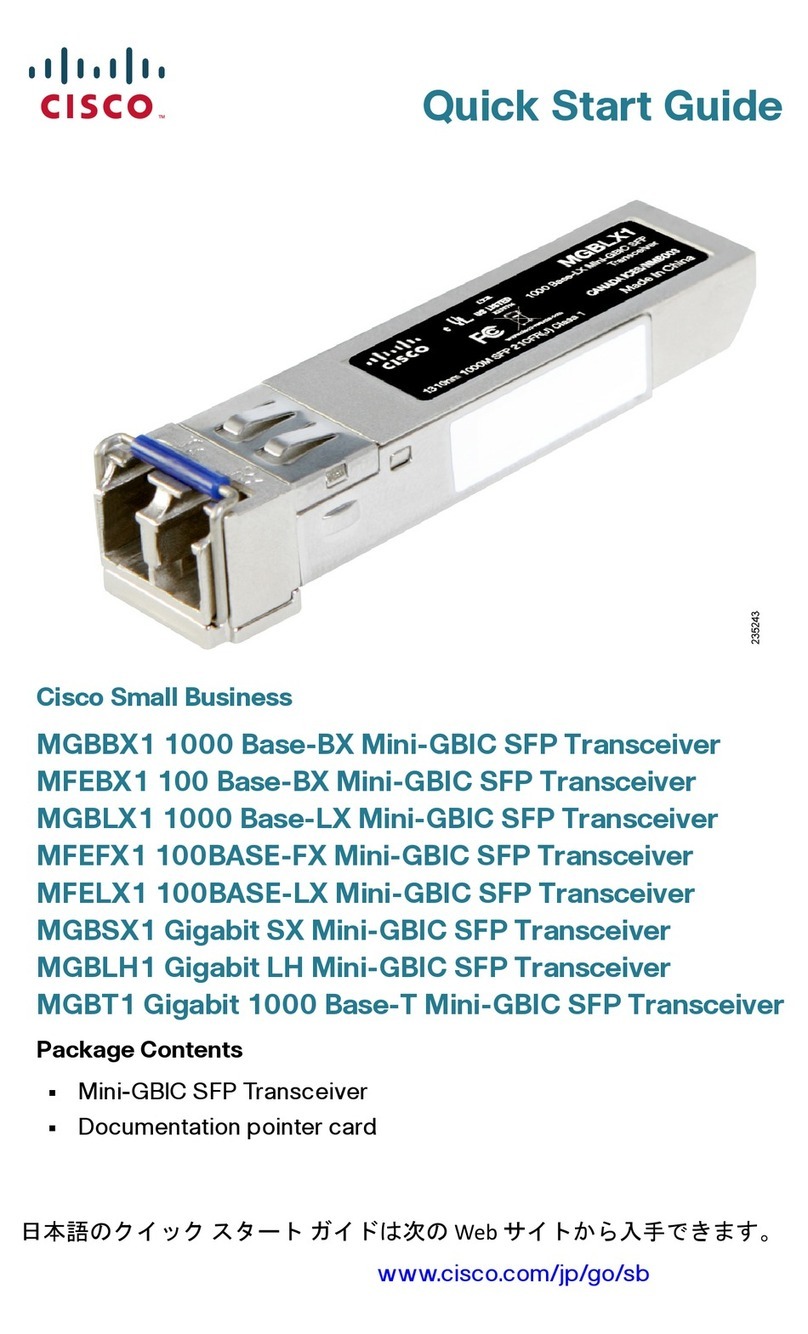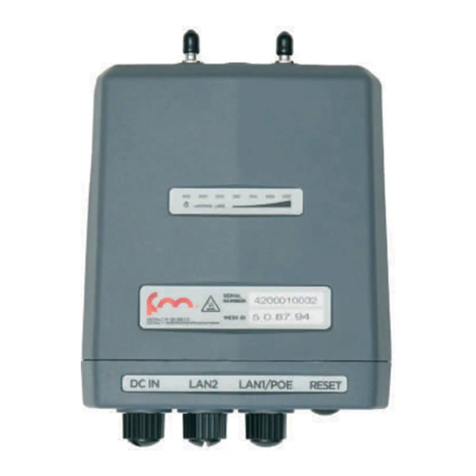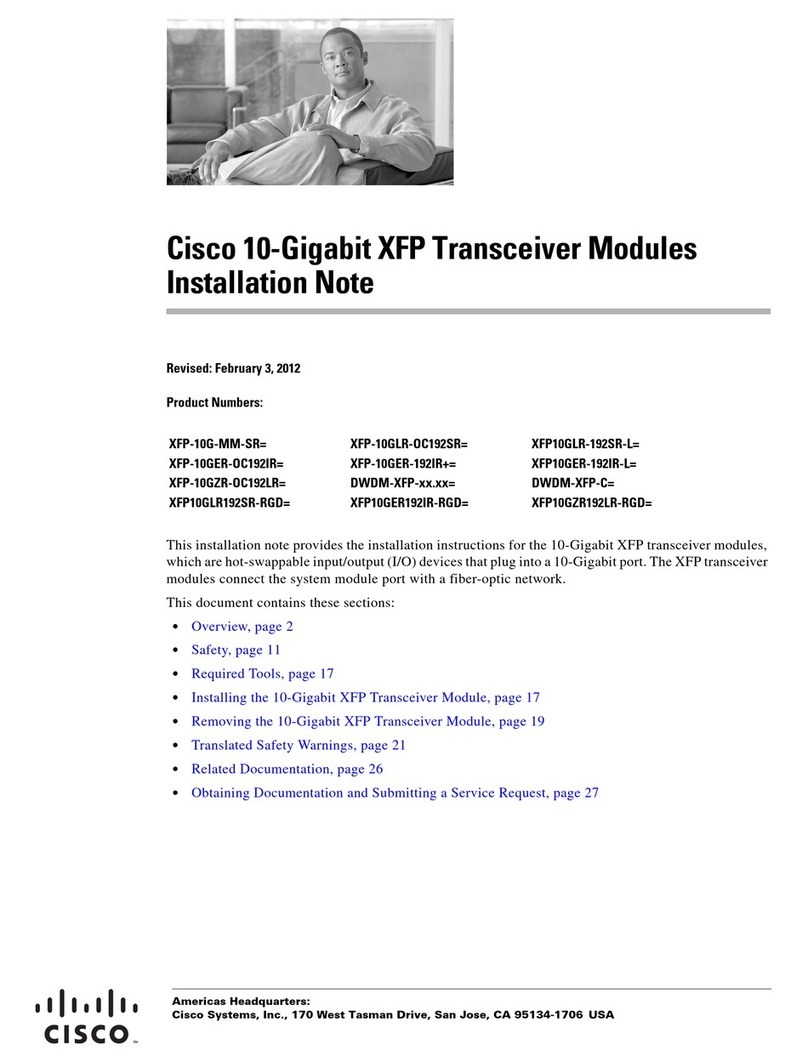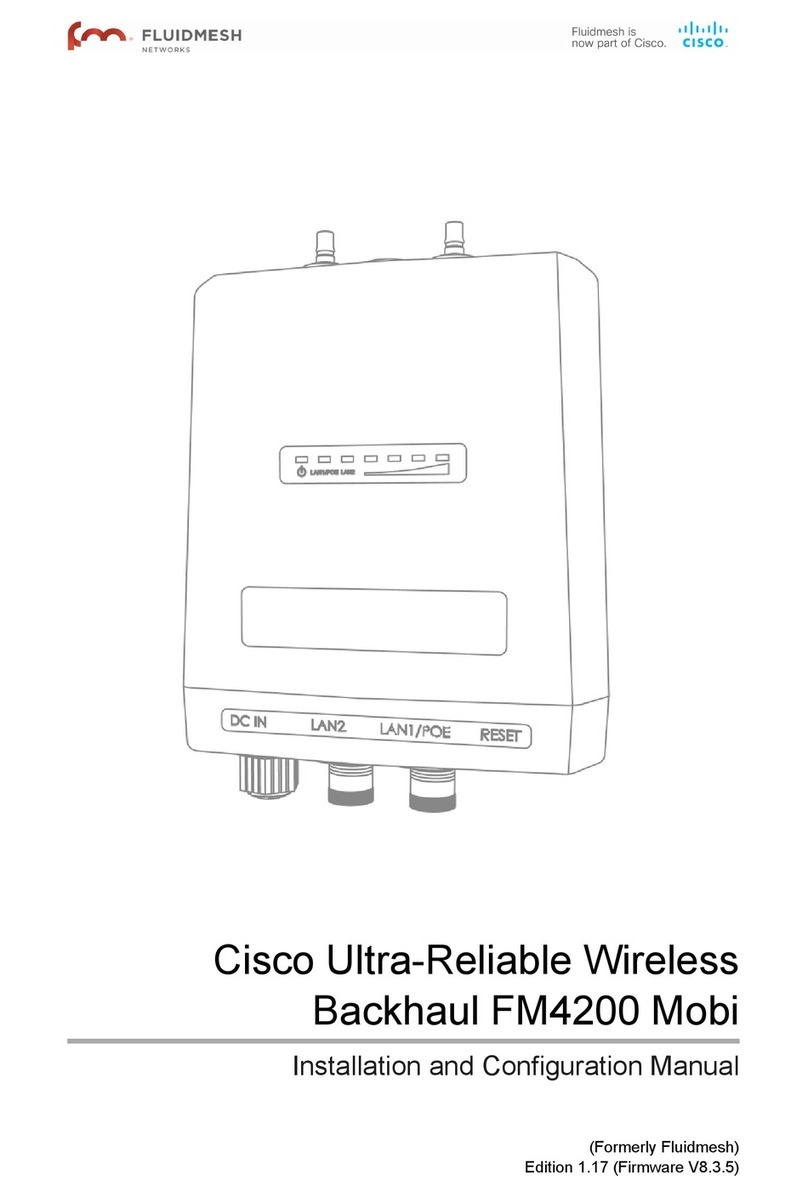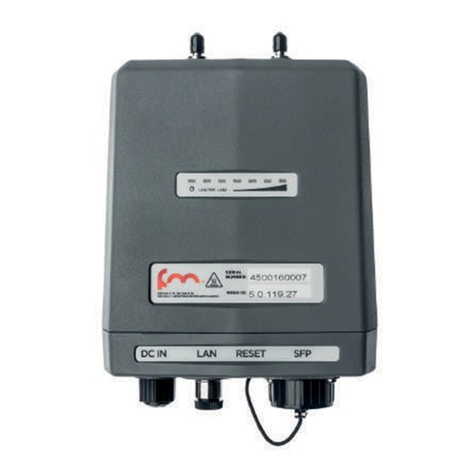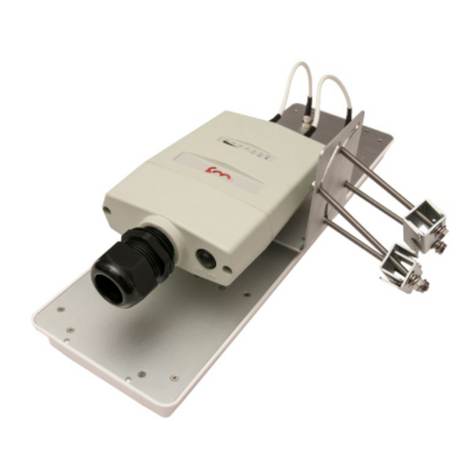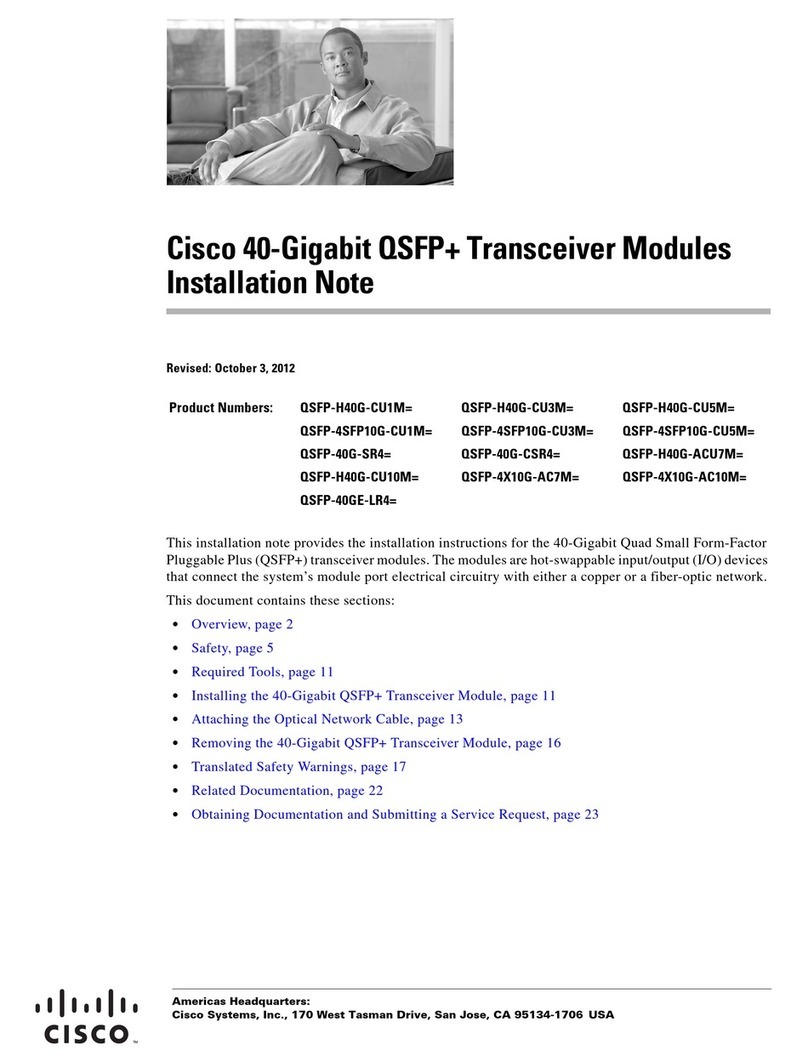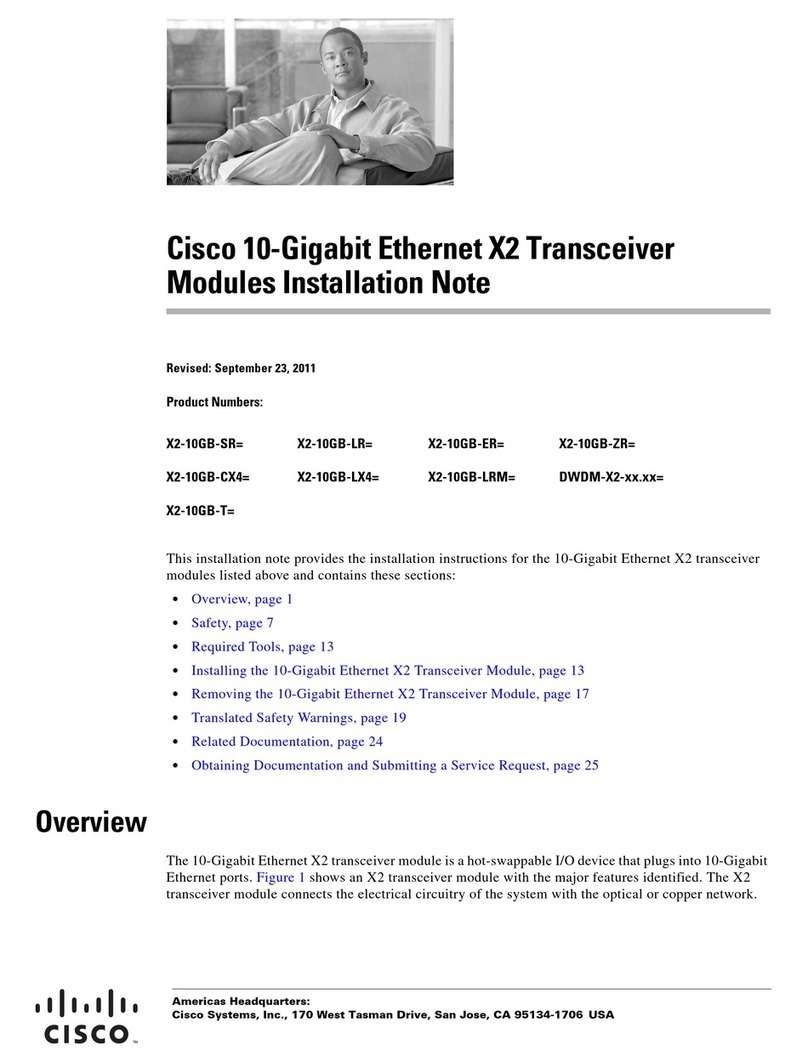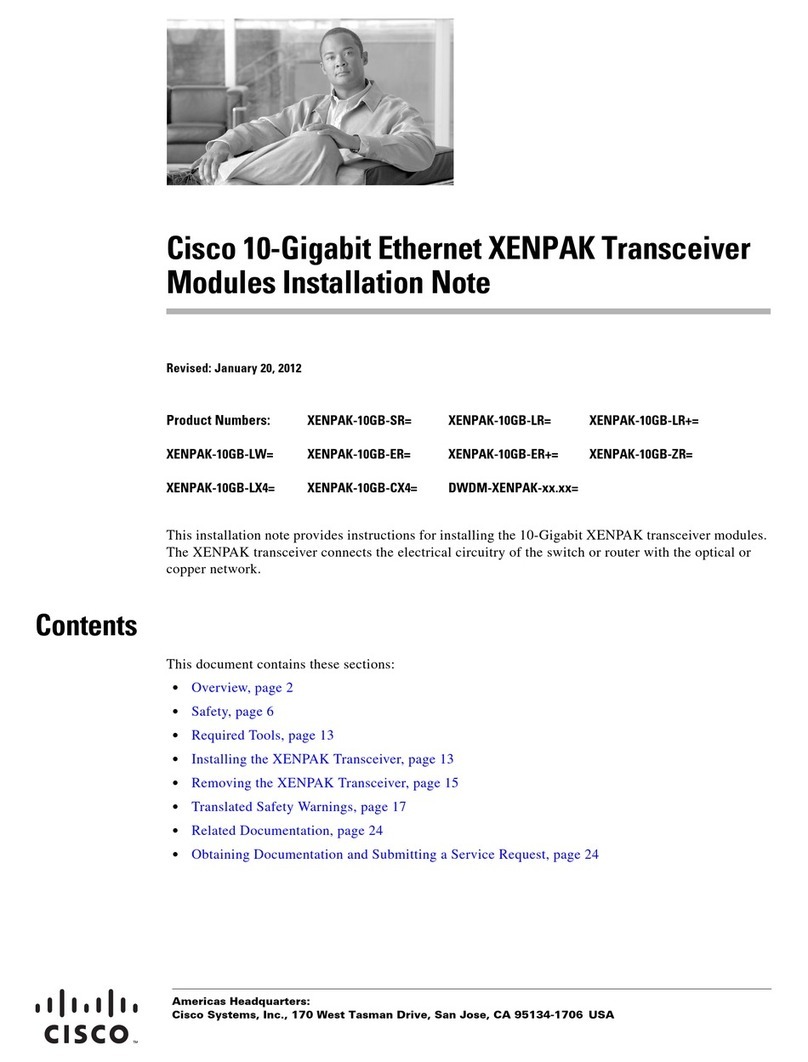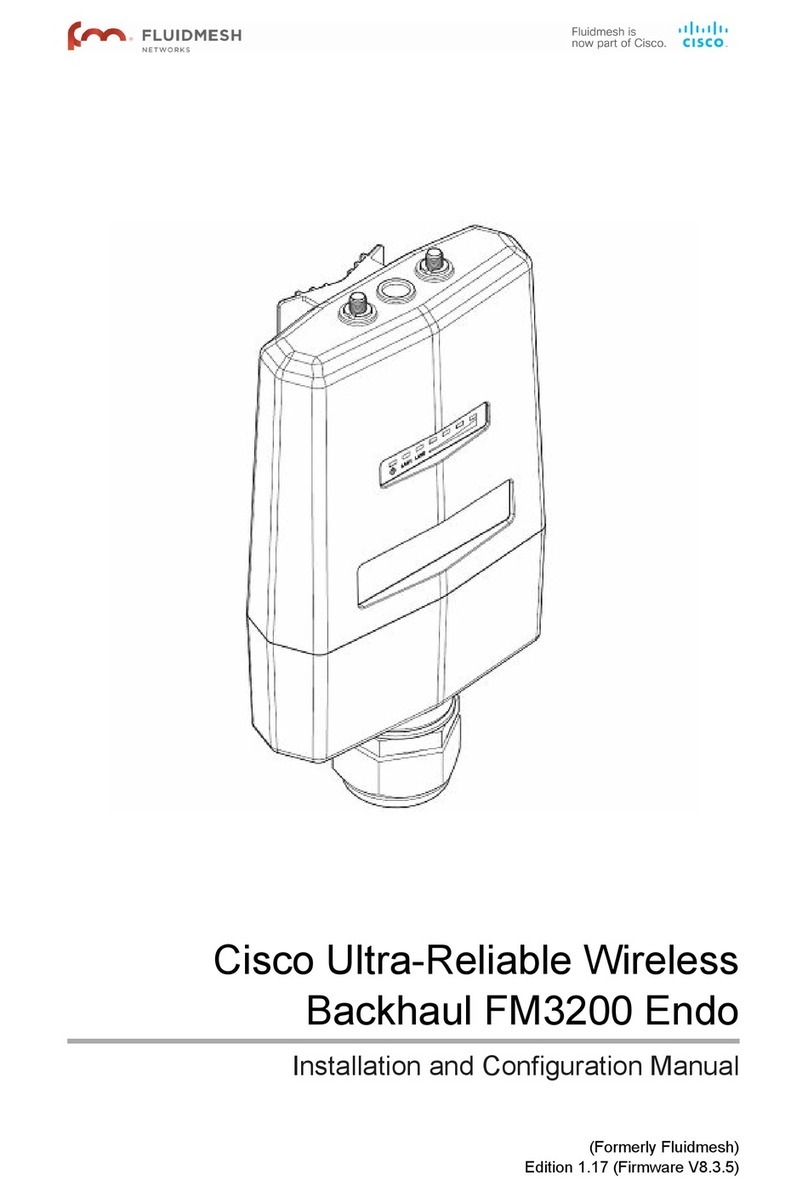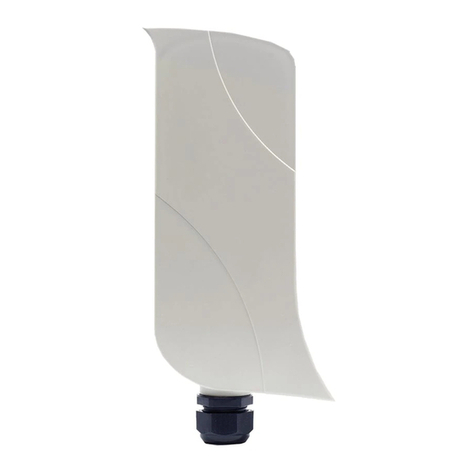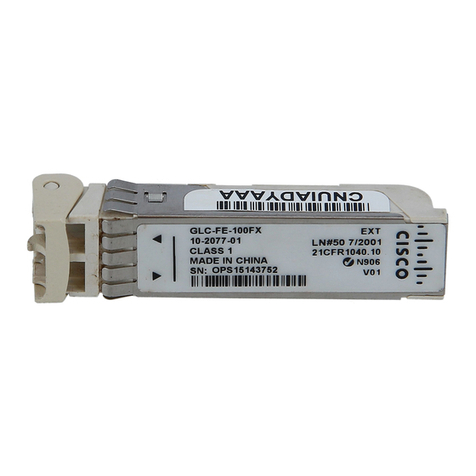7.6.3.
Advanced Tools............................................................................................89
Using The Ping Test Tool................................................................................89
Using The Bandwidth Test Tool .....................................................................90
Using The Path MTU Discovery Tool............................................................91
7.7.
Advanced Settings .................................................................................................92
7.7.1.
Advanced Radio Settings............................................................................92
Using The FluidMAX Management Setting..................................................93
Using The Max TX Power Setting .................................................................94
Using The Select Antenna Gain Setting.......................................................95
Using The Data Packet Encryption Setting..................................................95
Using The Maximum Link Length Setting.....................................................96
7.7.2. ................................................................................................... 97
7.7.3.
Static Routes .....................................................................97
7.7.4.
Pass Lists And Block Lists...............................................98
7.7.5.
Multicast.......................................................................... 101
Multicast Management For Mesh Network-Capable Devices..................101
Configuring Multicast Within A Layer-3 Network .......................................104
7.7.6.
SNMP Configuration...................................................... 105
Using SNMP V2c...........................................................................................106
Using SNMP V3.............................................................................................107
7.7.7.
RADIUS Configuration ..............................................................................109
7.7.8.
NTP Configuration .....................................................................................112
7.7.9.
L2TP Configuration....................................................................................113
7.7.10.
VLAN Settings..........................................................................................114
VLAN Configuration.......................................................................................114
Rules For Packet Management ...................................................................116
7.7.11.
Fluidity Settings........................................................................................117
Handoff Logic And Rate Adaptation Settings.............................................120
7.7.12.
Miscellaneous Settings...........................................................................121
7.8.
Management Settings..........................................................................................123
7.8.1.
View Mode Settings...................................................................................123
7.8.2.
Changing The Administrator Username And Password .......................126
Enabling Remote Access To The Unit By Telnet
..........................................
127
7.8.3.
Overwriting And Upgrading The Unit Firmware.....................................128
7.8.4.
Plug-In Management.................................................................................130
7.8.5.
The Device Status View............................................................................134
The Device Status Window..........................................................................134
7.8.6.
Saving And Restoring The Unit Settings.................................................136
7.8.7.
Resetting The Unit To Factory Defaults
.....................................................
138
Rebooting The Unit........................................................................................139
7.8.8.
Logging Out ................................................................................................139
7.8.9.
Viewing The End-User License Agreement............................................140
8.
Software Plug-Ins ...........................................................................................................142
8.1.
Available Plug-Ins.................................................................................................142
8.2.
Plug-In Management Procedures ......................................................................146
8.2.1.
Plug-In Activation.......................................................................................146
8.2.2.
Deactivating An Active Plug-In.................................................................148
8.2.3.
Reactivating A Deactivated Plug-In.........................................................151
8.2.4.
Exporting And Uploading Multiple Activation Codes.............................152
8.2.5.
Sharing License Codes And Accepting Shared License Codes..........153
9.
Troubleshooting..............................................................................................................155
9.1.
I Cannot Get The Log-In Screen ........................................................................155
9.2.
I Cannot Log In To The FM Racer Interface
........................................................
155
9.3.
I Forgot The Administrator Password................................................................155

